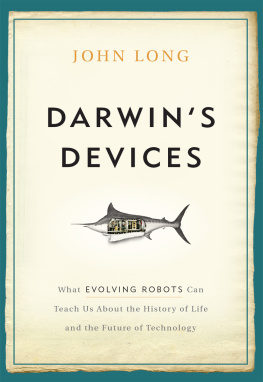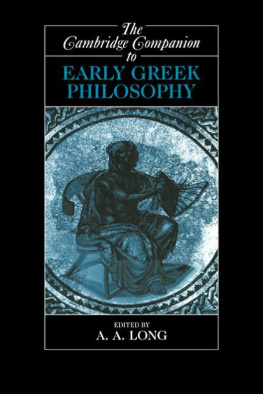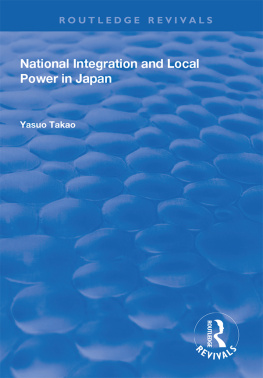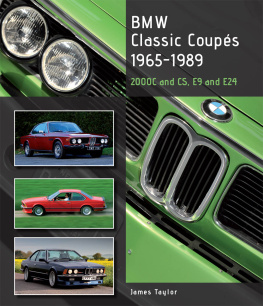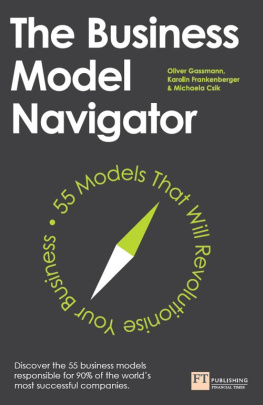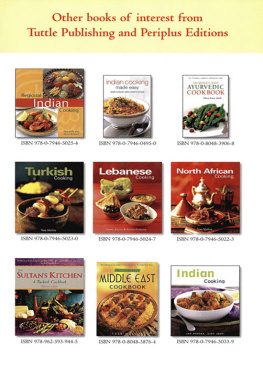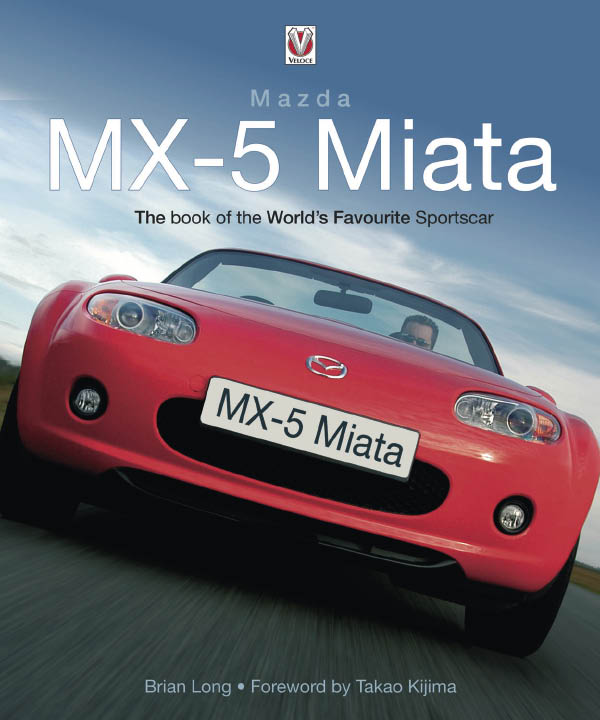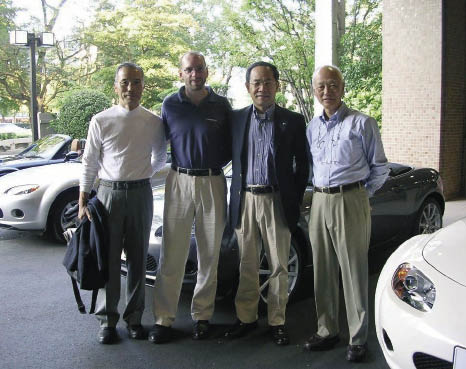Mazda MX-5 Miata
The book of the Worlds Favourite Sportscar
By Brian Long
First printed in hardback format in October 2008.
First published in ebook format November 2013 by Veloce Publishing Limited, Veloce House, Parkway Farm Business Park, Middle Farm Way, Poundbury, Dorchester, Dorset, DT1 3AR, England Fax 01305 250479 e-mail .
Ebook edition ISBN: 978-1-845845-03-2
Paperback edition ISBN: 978-1-845840-43-3
Brian Long and Veloce Publishing 2013. All rights reserved. With the exception of quoting brief passages for the purpose of review, no part of this publication may be recorded, reproduced or transmitted by any means, including photocopying, without the written permission of Veloce Publishing Ltd. Throughout this book logos, model names and designations, etc, have been used for the purposes of identification, illustration and decoration. Such names are the property of the trademark holder as this is not an official publication.
Readers with ideas for automotive books, or books on other transport or related hobby subjects, are invited to write to the editorial director of Veloce Publishing at the above address.
All Ebook design and code produced in-house by Veloce Publishing.
Veloce Publishing Ltd
Digital.Veloce.co.uk
Contents
Foreword
By Takao KijimiaMazda has its own theory for developing a fun-to-drive sports car. It is a basic concept that focuses on vehicle features such as 50:50 weight distribution, keeping yaw inertia moment and weight to a minimum, and the centre of gravity as low as possible.
The many engineers who have worked on the MX-5 over the years have always kept these principles in mind. It sounds like a simple theory to follow. However, realizing it is a challenge which requires great energy.
It was in 1986 that I first became involved with the MX-5 project; at that time, I worked as a chassis engineer. I remember discussing this theory with Toshihiko Hirai, who was the Program Manager at the time. With Mr Hirai as a leader, our engineers worked together to implement it in the initial development stages.
The devotion of these men and women produced an automobile with global customer appeal. The first generation MX-5 achieved approximately 450,000 sales, and was loved by sports car enthusiasts all over the world. The fun and excitement associated with the MX-5 drive experience come as a direct result of us practicing those three basic concepts.
Throughout the Roadsters history, we have focused on maintaining this theory. When I was appointed the MX-5 Program Manager, I was determined to make a superior car without harming the models excellent reputation in the LWS sector of the market. I wanted to keep Mazdas basic sports car principles, making sure they would be inherited by future engineers in order to truly serve our customers.
During the development of the second generation car, there was one thing that was engraved on my mind to first define what should not be changed. The term Full Model Change sometimes lures us to change what does not necessarily have to be. We have learned from previous updates that the basic virtues of a vehicle are all too often spoilt for the sake of change. It sometimes ruins the product.
I strongly believe that we had to maintain the true essence of the MX-5, and felt that the key lay in the very soul of the Mazda Roadster. Eventually, we came to the conclusion that a lot of the fun one experiences from driving the MX-5 was down to the cars nimbleness. Thus, it should remain light a true LWS.
We do not have to change what does not need to be changed. However, weight increases are now an unavoidable issue in order to comply with the latest collision and emission regulations. I recognized that the most important thing was to offset this additional weight.
Over the years, we have received many requests to make the interior more spacious; calls for additional comfort equipment (such as the installation of tilt-steering, adding more adjustment on the seats, upgrading to an electrically-operated soft-top, and so on) and, of course, power increases. We considered all of these wishes, but ultimately concluded that we should not make a bigger or heavier car.
Ironically, the decision not to change the size of the vehicle has become the hardest part of my work to execute. It is a challenge for me to repress the desire to address every request. However, I must focus on keeping faith in the LWS true value. On the other hand, it is also a challenge not to fall into the same rut as the original lightweight sports models, which were left behind because their makers failed to understand what the customers wanted.
More than 250,000 units of the second generation MX-5 were sold to enthusiastic customers all over the world, keeping the Roadster in the Guinness Book of Records as the worlds most popular sports car, and confirming that our decision not to change the vehicle size was the right one. Keeping this fact firmly in mind, we unveiled the third generation MX-5 in Geneva in March 2005 after a lengthy and difficult development programme.
The second generation car had been based on the platform of the original model, which was held in high regard and still had potential. However, with ever-stricter environmental and safety regulations to contend with, it was no longer possible to utilize the old platform, and a completely new one had to be developed.
Before development of the third generation began, I made a request to Mr Hirai asking him to outline the birth of the original model. The essay that resulted was ultimately published as an SAE paper entitled Vehicle Development Through Kansei Engineering, which acted as a bible for our team of young engineers involved with the new car.
Our R&D team did a wonderful job, sticking rigidly to the oneness between car and driver concept and overcoming technically-difficult issues in order to create a new benchmark for a lightweight sports car of the 21st century. Our work on the MX-5 was rewarded with Mazdas first Japanese Car of the Year award in 23 years, giving us the encouragement to continue following the tradition established with the first Roadster to create a truly fun-to-drive vehicle that appeals to the senses.
I would like to take this opportunity to offer my sincere thanks to the global customer base that has supported the MX-5. Without your generous support, the MX-5 could not have achieved the success that it has today.
Your enthusiasm has been a tremendous source of energy for us the engineers making it easy for us to develop the MX-5 with confidence and pride. Your continuous support for the Mazda marque and its products is highly appreciated.
Finally, I would like to give a special thank you to Brian Long for his great efforts in writing this book for followers of MX-5 lore. I hope you will enjoy it.
Takao Kijima
MX-5 Program Manager
Mazda Co Ltd
Hiroshima, Japan
From left to right: Mitsuo Katayama, the author, Takao Kijima, and Takaharu Koby Kobayakawa pictured after an early morning test drive in Hiroshima, 2005.
Preface
I have to admit, I wasnt always a great fan of Mazda. Then, in 1991, my great friend, Simon Pickford, and I, travelled down to Le Mans in his ageing Daimler SP250 to see our beloved Jaguars thrash the opposition as they had in the previous year.




